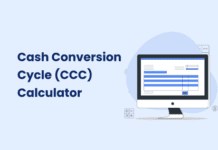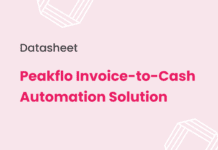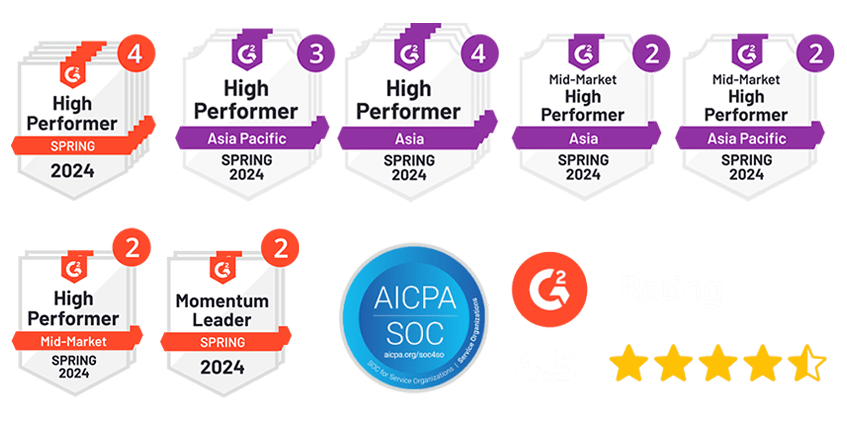A pro forma invoice is an important document for businesses involved in international trade and for those handling domestic transactions. The term “pro forma” means “for the sake of form” or “as a matter of form,” and it is used in financial statements to show that the results have been based on estimates or projections.
In this easy-to-understand guide, we will look at what a pro forma invoice is, why it matters, what it includes, how it differs from other types of invoices, how to create one, its legal status, and when to send it.
What Is a Pro Forma Invoice?
A pro forma invoice is a preliminary bill that provides a detailed estimate of goods or services a seller intends to provide to a buyer. It is usually issued before the actual delivery of goods or services, serving as a reference point for both parties to agree on the transaction’s terms and conditions.
A pro forma invoice is not a request for payment, but rather a document that helps clarify expectations and prevent misunderstandings.
Why Is a Pro Forma Invoice Important?
A proforma invoice is essential for several reasons:
- It helps both parties to agree on the terms and conditions of a transaction before it takes place.
- It can be used as a reference to obtain necessary permits, licenses, and financing.
- It provides an accurate estimate of the costs involved, helping buyers make informed decisions.
- It serves as a basis for drafting the final invoice and related shipping documents.
What Is In a Pro Forma Invoice?
A typical pro forma invoice includes the following information:
- Seller’s and buyer’s details, including name, address, and contact information
- Invoice date and unique invoice number
- Description of goods or services, including quantity, unit price, and total value
- Currency used for the transaction
- Terms of delivery and payment
- Estimated shipping costs, taxes, and other applicable charges
- The validity period of the proforma invoice
- Signature of the seller or an authorized representative
Here is a sample pro forma invoice:
How Does a Pro Forma Invoice Differ From Other Invoices?
a) Pro Forma Invoice vs Sales Invoice:
A sales invoice is a legally binding document issued after the delivery of goods or services, demanding payment from the buyer. In contrast, a pro forma invoice is a preliminary estimate that is not legally binding and is not a request for payment.
b) Pro Forma Invoice vs Commercial Invoice:
A commercial invoice is a formal document required for customs clearance in international trade. It contains more detailed information about the transaction, such as country of origin, customs tariffs, and HS codes. A proforma invoice, however, serves as a preliminary document and is not used for customs clearance.
c) Pro Forma Invoice vs Final Invoice:
A final invoice is issued once a transaction is complete and all goods or services have been delivered. It is a legally binding document that demands payment. A pro forma invoice, on the other hand, is issued before the transaction takes place and is not legally binding.
d) Pro Forma Invoice vs Credit Memo:
A credit memo is a document issued by the seller to the buyer, indicating a reduction in the amount owed due to returned goods, discounts, or other adjustments. A proforma invoice is an initial estimate and does not reflect any adjustments or reductions.
How to Create a Proforma Invoice:
Follow these steps to create a proforma invoice:
- Use a professional template or create one from scratch.
- Include your company’s branding and logo.
- Clearly mention that it is a “Proforma Invoice.”
- Provide the seller’s and buyer’s contact information.
- Assign a unique invoice number and date.
- List the goods or services, along with their quantities, unit prices, and total values.
- Include payment and delivery terms.
- Calculate and add estimated shipping costs, taxes, and other charges.
- Mention the validity period of the proforma.
- Obtain the signature of the seller or an authorized representative.
Is Proforma Invoice Legally Binding?
A proforma invoice contains similar information to a final sales invoice, but it doesn’t have the same legal importance. It shouldn’t be used for accounting or as a binding agreement.
In many ways, a proforma invoice is more like a quote or estimate. Customers are not required to pay the amount listed on it, and it doesn’t show up in the customer’s accounts payable or your accounts receivable. You also cannot use a proforma invoice to reclaim VAT.
When Do You Send a Proforma Invoice?
A proforma invoice is usually sent before goods or services are delivered. It helps the seller and buyer agree on important details like price, delivery method, and payment terms. This type of invoice is often used in international trade to help get financing, permits, and licenses.
Can a Proforma Invoice be Cancelled?
Yes, a proforma invoice can be canceled. Since a proforma invoice is not a legally binding document or the official invoice used for accounting, there’s no need to officially cancel it. Just like a quote, if the sale doesn’t happen, you don’t have to do anything to cancel or edit the proforma invoice.
This means that a customer can change their mind and decide not to go through with the purchase after you’ve sent them the proforma invoice. Because of this, it’s important to keep track of all your incoming and outgoing payments to understand how a canceled order might impact your cash flow.
Make Invoicing a Breeze with Peakflo
Understanding the importance and use of proforma invoices is crucial for businesses engaged in both domestic and international trade. By providing a clear and detailed estimate of a transaction, proforma invoices help prevent misunderstandings and facilitate smooth business operations.
With Peakflo’s e-invoicing software, you can streamline your invoicing process by creating and validating pro forma invoices with customizable line items, discounts, and tax rates.
Our platform allows you to validate digital invoices before sending them to the vendor, simplifying your sales process and ensuring accurate documentation. Embrace the ease and efficiency of proforma e-invoicing with Peakflo and take your business operations to the next level.









![Why AI Sales Calls Are Making Good Sales Reps Even Better [2025 Guide] ai sales calls](https://cdn-kmjmp.nitrocdn.com/YvtqmrsiHUxqerlSiZgbfzqqTARWTElr/assets/images/optimized/rev-834053b/blog.peakflo.co/wp-content/uploads/2025/09/65168cf6-3001-4733-8cbc-12d5684cf449-218x150.webp)

































